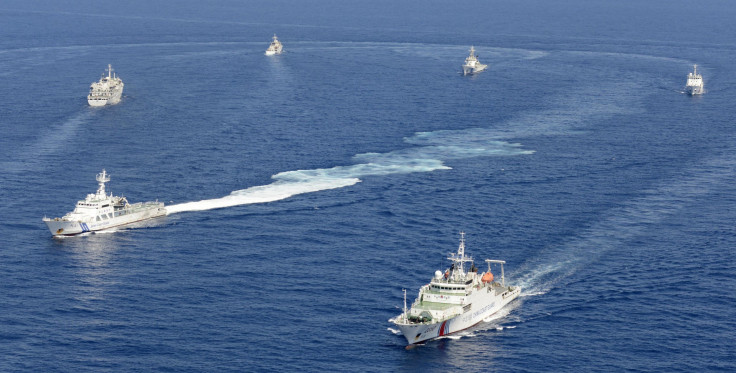China Announces 'Air Defense Zone' Over East China Sea Islands Amid Japan Dispute

In a move that could further inflame a territorial dispute between Japan and China, the latter on Saturday announced an “air defense identification zone” over a cluster of islands in the East China Sea that are controlled by Tokyo but also claimed by Beijing.
The state-run Xinhua agency published a map and coordinates of the region, which it identified as “the East China Sea Air Defense Identification Zone,” along with a set of defense ministry rules governing it.
According to the new rules, aircrafts flying over the islands, known as Senkaku in Japan and Diaoyu in China, should report their flight plans to the Chinese authorities, maintain two-way radio communications, keep radar transponders turned on, and "respond in a timely and accurate manner" to identification inquiries.
"China's armed forces will adopt defensive emergency measures to respond to aircraft that do not co-operate in the identification or refuse to follow the instructions," Yang Yajun, a defense ministry spokesman, said in a question and answer statement, posted on the ministry website.
China’s move could irk Japan and further escalate the tensions between the countries over the disputed islets, as waters around it are believed to be rich in resources. There have been multiple incidents of military aircrafts and naval vessels from both the nations passing close and shadowing each other, in recent months, raising concerns of a confrontation between the Asian powers.
In October, Japan sent its fighter jets to the region after Chinese military aircrafts flew close to Japan.
A Chinese defense ministry statement said that by establishing the zone -- which went into effect at 10:00 local time (02:00GMT) on Saturday -- the country is “exercising its self-defense right.” It also said that its new policy is “not directed against any specific country or target.”
It noted that the move was in line with current international practice and laws, and it would give China the opportunity to “timely identify, monitor, [and] control” the airspace and react to aircrafts entering the zone if they pose any potential air threats.
“The easternmost point of the Zone is so close to China that combat aircraft can soon reach China’s territorial airspace from the point,” Yang said, adding that “therefore it is necessary for China to identify any aircraft from this point to assess its intentions and examine its identities so as to allow enough early-warning time for responsive measures in maintaining air security.”
Currently, more than 20 countries, including the U.S. and Japan, have declared air-defense identification zones, but experts warn that in this case, as China’s and Japan’s territories overlap, any mishap or a clash in the region could blow up into a full-fledged military intervention, involving the U.S., which is treaty-bound to protect Japan.
There was no immediate comment from the Japanese government about China's announcement.
© Copyright IBTimes 2025. All rights reserved.






















